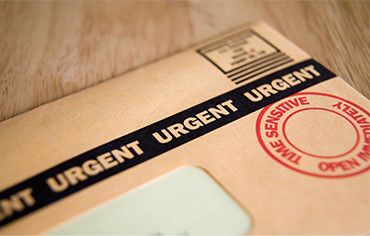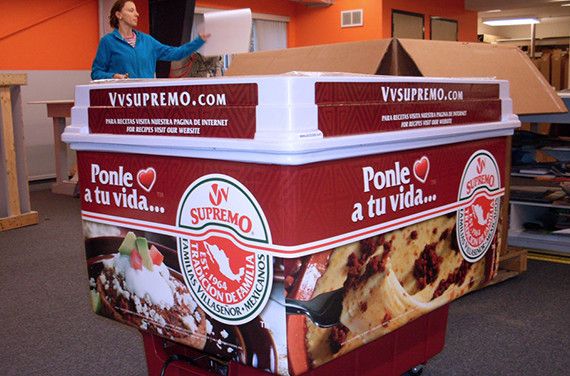
Mission statements—the driving force behind a business. Whether you’re a large company, small business, nonprofit organization or professional individual, we all have mission statements, and they all have an enormous influence. What exactly is a mission statement? A mission statement articulates a company’s purpose—the what, how and why of business.
Mission statements can be strong, powerful components of a business strategy, or they can be weak, feeble attempts at defining your purpose. A mission statement can drive a business towards success through a strong business communication strategy. Today we discuss how to write an effective mission statement.
1. Tell what the business does.
The most critical component of a mission statement is to simply tell consumers what the business does. However, this can be easier said than done sometimes. If a business provides multiple services or has a wide variety of products in different fields, narrowing it down to a clear definition can be a challenge. Make a list of everything your business does, then decide on one simple, clear statement that encompasses everything else. For instance, perhaps a business provides marketing services. This can incorporate a large number of services, such as blogging, social media marketing or branding strategy. However, including all of those services in a single mission statement can be pretty overwhelming; instead, something simple like “provides marketing services” includes everything, without being too vague.
2. Describe how the business does it.
Next, describe how the business does it. Here’s where you can include any pertinent information on your customers or employees. This part can also be tricky, because consumers don’t want to read a long, drawn-out explanation of how a company does every single little thing it does. That would be way too much unnecessary information. Instead, include a general description of how the company operates. This is also a great place to incorporate any of the company’s core values. How a business does something often involves their values behind doing it. Perhaps a company’s values includes innovation and customer support. Therefore, the new mission statement could read something like, “Provide innovational marketing services through idea development and exceptional customer support.”
3. Explain why the business does it.
Finally, use the mission statement as a time to explain why the business does what it does. This part describes the passion behind the business, the big why, the reason for all of it. Why does a business do what it does the way it does? Why did someone start the business in the first place? When you add the “why” to a mission statement, it brings it all back together and ties it with a pretty bow. Let’s take a look at our example mission statement when the “why” is included: “Tell a brand’s story by providing innovational marketing services through idea development and exceptional customer support.”
4. Simplify and personify.
Once you have a solid rough draft of a mission statement, the final steps are to simplify and personify. First, a mission statement should be simple. It should use clear, concise language that gets straight to the point in a meaningful way. Mission statements should be one to two sentences long at most. Any longer and you’re looking at a mission novel, that consumers won’t want to read or care about. Next, a mission statement should completely personify the business. It should embody the company’s purpose, reasoning and strategy perfectly. Choose words that are both powerful and specific in order to simplify your mission statement in a potent way.
Writing an effective mission statement is an integral part of building a successful business strategy. Be sure to include the what, how and why of your business, while simplifying and personifying the language you choose. Try out these tips to make sure your mission statement is as effective as possible.









